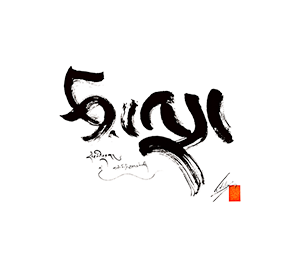Philosophical positions of this person
"As to the interpretation of Buddha-nature, on the other hand, Sajjana and rNgog hold different views, for Sajjana equates Buddha-nature with the luminous mind, which is not empty, while rNgog equates it with emptiness." Kano, K., Buddha-Nature and Emptiness, p. 239.
Other names
- པཎྜི་ཏ་ས་ཛ་ན་ · other names (Tibetan)
- ས་ཛཛ་ན་ · other names (Tibetan)
- paN+Di ta sa dza na · other names (Wylie)
- sa dzdza na · other names (Wylie)
- Notes on names: In some of the recensions of the Ratnagotravibhāga, such as in the Derge Tengyur, as well as in Dölpopa's commentary we find Sajjana's name rendered into Sanskrit as Sadjñāna.
Affiliations & relations
- Ratnavajra · familial relation
- Mahājana · familial relation
- Ratnavajra · teacher
- gzus dga' ba'i rdo rje · student
- te dza de ba · student
- btsan kha bo che · student
- rngog blo ldan shes rab · student

